Oshino Hakkai ancient village was recognized by UNESCO as a World Cultural Heritage in 2013. After hundreds of years of formation, up to now, the village still retains the traditional cultural features of the Japanese people from ancient times, associated with mysterious stories about 8 sacred lakes from thousands of years ago, along with beautiful natural scenery, quiet space has created a deep impression in the hearts of tourists when coming to Japan.
Ancient Japanese cultural space
In the 6-day tour of Japan for the group of tourists from Vietnam, the ancient village of Oshino Hakkai was the stop on the fourth day in the land of the rising sun. Different from the hustle and bustle of the capital Tokyo that the group had just passed through, the ancient village of Oshino Hakkai welcomed the footsteps of the strangers with a clear blue sky and warm sunlight shining on the traditional thatched-roofed houses of the Japanese, creating an ancient, peaceful but energetic picture.
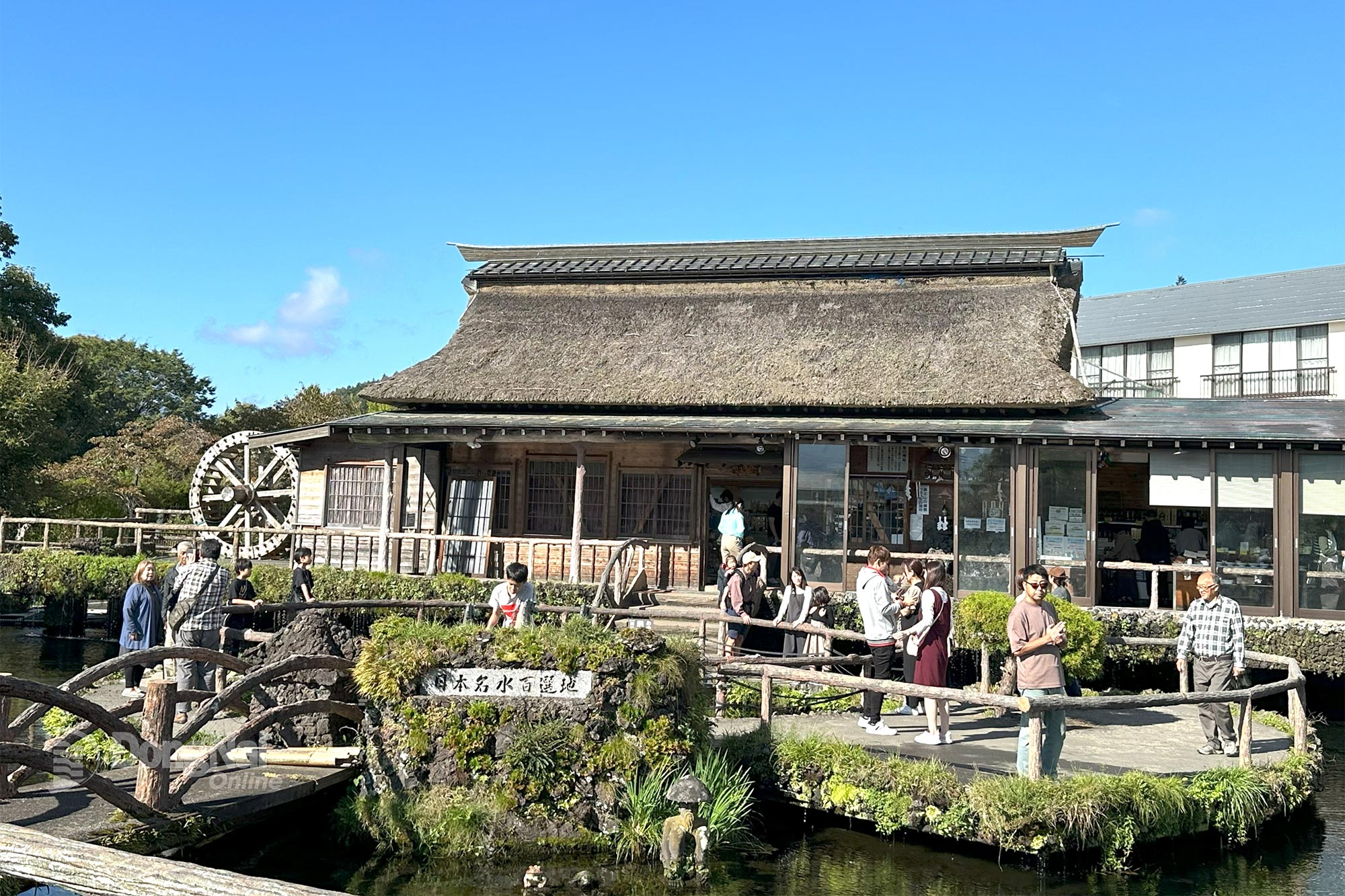 |
| Houses in the ancient village of Oshino Hakkai. Photo: Ngoc Lien |
In the ancient village of Oshino Hakkai, every house, every tree branch and especially the sacred lakes in the village contain cultural and natural stories formed thousands of years ago.
The first highlight that cannot be missed when coming to the ancient village is the sacred lakes. Explaining the name of the ancient village, tour guide Bui Hong Hanh (Ho Chi Minh City), one of the long-time tour guides specializing in tours in Japan, said: The name of the ancient village is "Oshino Hakkai" which means "Eight ponds and streams in Oshino". According to legend, the eight lakes were formed from the melted snow on Mount Fuji, seeping through the lava layer for decades, becoming underground streams and forming small ponds on the ground. Each lake is named as: Deguchi-ike, Okama-ike, Sokonashi-ike, Choshi-ike, Waku-ike, Nigori-ike, Kagami-ike, Shobu-ike. Each lake has its own mysterious meaning and story, arousing the curiosity of any visitor when visiting the ancient village.
For the Japanese, during the Edo period (1603-1868), the ancient village of Oshino Hakkai was a “holy place” for people to “purify” (soak their hands, wash their faces, etc.) before starting their pilgrimage and conquering Mount Fuji. Nowadays, the purification ritual is no longer popular, but when people and tourists have the opportunity to visit the ancient village, they stand on the banks of the sacred lake to pray for favorable weather and good luck in life.
Attractive tourist destination
Coming to the ancient village of Oshino Hakkai, the Japanese cultural imprint still carries strong traditional values through the lifestyle and production activities in the ancient village. This is also a sacred land bearing the mark of Japanese history and traditional beliefs, which is respected by the Japanese through the preservation of the natural environment to protect the pure natural beauty of the village.
Ms. Nguyen Tran Huyen Anh, a tourist from Ho Chi Minh City, shared: This is the second time she has come to the ancient village of Oshino Hakkai. Every time she comes here, she stands by the sacred lake and wishes for good things to always come to her family and friends. “Many tourists from all over the world, when standing in front of the lake, wish for peace. The sacred lake is very clear and beautiful. I was very impressed when I came to the ancient village of Oshino Hakkai, so every time I come to Japan, I come to the ancient village to visit and worship.”
Along with experiencing the ancient village space, here, tourists can also see Mount Fuji in the distance.
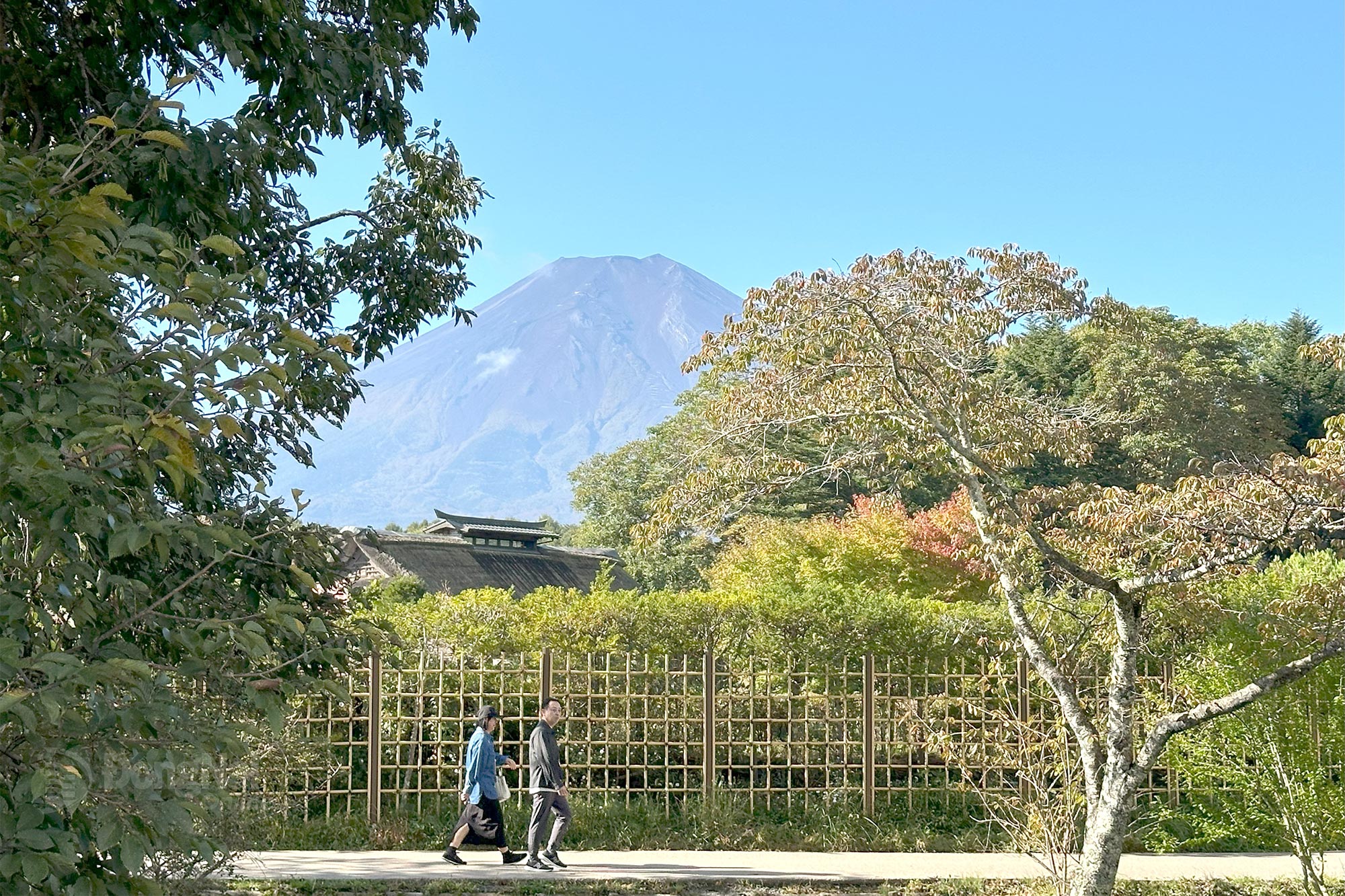 |
| View Mount Fuji from the ancient village of Oshino Hakkai. |
Sharing about this interesting thing, Mr. Tran Van Quang (living in Ho Chi Minh City) said: This is the first time he has explored Japan, so for him, every place has left a deep impression. The most interesting thing is to see Mount Fuji from the ancient village. In order not to miss the picturesque natural landscapes, Mr. Quang visited all the sacred lakes as well as the large lakes around Mount Fuji to fully experience the natural and environmental values in Japan.
Oshino Hakkai ancient village not only has natural landscapes, but also visitors can enjoy the pure water from Mount Fuji, the fresh fruits grown by the people in the garden are the attractions of this ancient village. In particular, in Oshino Hakkai ancient village, visitors can visit and enjoy specialties from the vegetable gardens, corn, yellow rape flowers...
Some tourists who have been to Japan said: Oshino Hakkai ancient village has its own beauty in each season of the year. However, according to the experience of tourists, autumn and winter are the most beautiful seasons of the year. In autumn, the village becomes brilliant with the beautiful colors of leaves.
As one of the "backpackers" who has traveled to many countries, Ms. Tran Thanh Huyen shared: In autumn, the ancient village has a romantic and beautiful scene. This is also the most famous autumn tourist destination in Japan. The location is also very convenient, when coming to Mount Fuji, visitors can walk through this village. If visitors want to explore cherry blossoms, they can come to Japan in spring, the season of Japan's national flower. In this season, cherry blossoms cover the entire ancient village, appearing like a unique winter picture. This is also one of the most beautiful cherry blossom viewing spots in Japan.
Ngoc Lien
Source: https://baodongnai.com.vn/dong-nai-cuoi-tuan/202510/kham-pha-lang-co-duoi-chan-nui-phu-si-9ad291e/





![[Photo] Prime Minister Pham Minh Chinh chairs the Government's online conference with localities](https://vphoto.vietnam.vn/thumb/1200x675/vietnam/resource/IMAGE/2025/10/5/264793cfb4404c63a701d235ff43e1bd)
![[Photo] Prime Minister Pham Minh Chinh launched a peak emulation campaign to achieve achievements in celebration of the 14th National Party Congress](https://vphoto.vietnam.vn/thumb/1200x675/vietnam/resource/IMAGE/2025/10/5/8869ec5cdbc740f58fbf2ae73f065076)

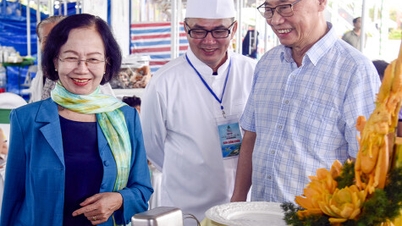



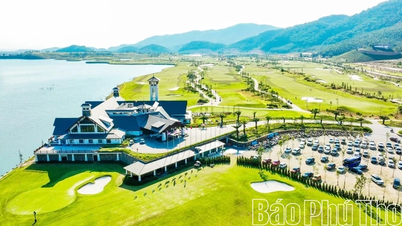

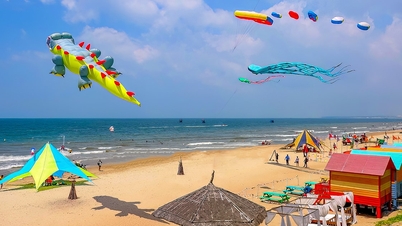



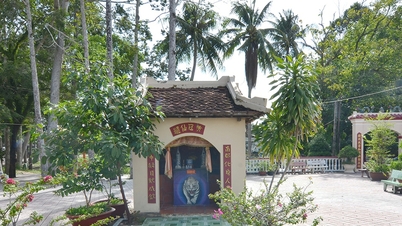



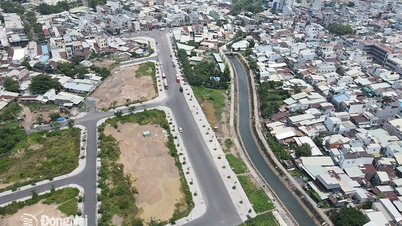
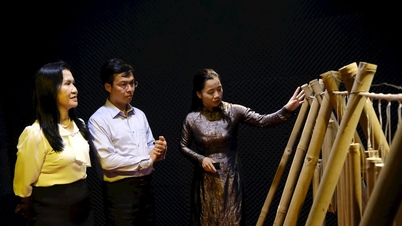

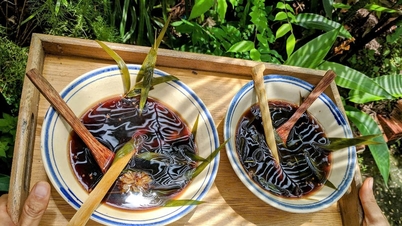





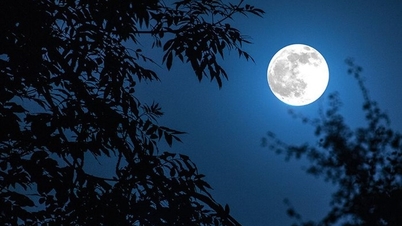
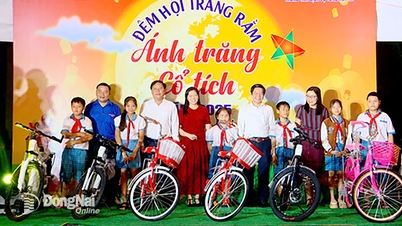

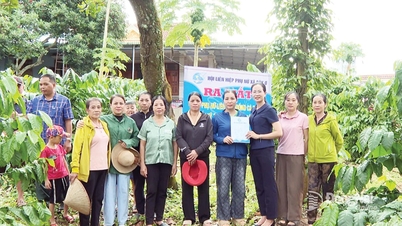
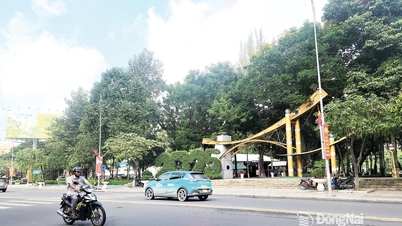
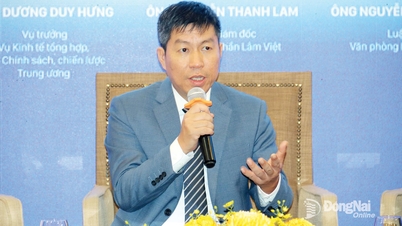


























![[VIDEO] Summary of Petrovietnam's 50th Anniversary Ceremony](https://vphoto.vietnam.vn/thumb/402x226/vietnam/resource/IMAGE/2025/10/4/abe133bdb8114793a16d4fe3e5bd0f12)

![[VIDEO] GENERAL SECRETARY TO LAM AWARDS PETROVIETNAM 8 GOLDEN WORDS: "PIONEER - EXCELLENT - SUSTAINABLE - GLOBAL"](https://vphoto.vietnam.vn/thumb/402x226/vietnam/resource/IMAGE/2025/7/23/c2fdb48863e846cfa9fb8e6ea9cf44e7)














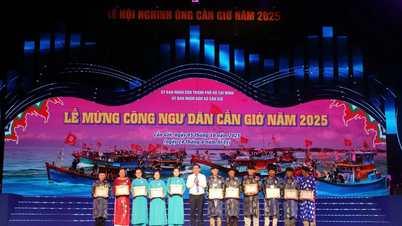
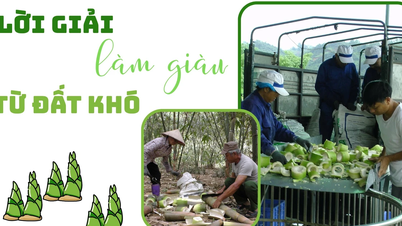

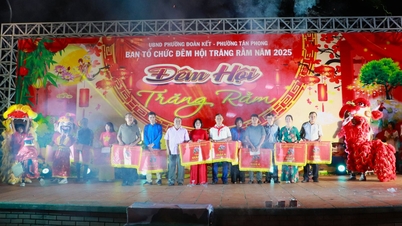
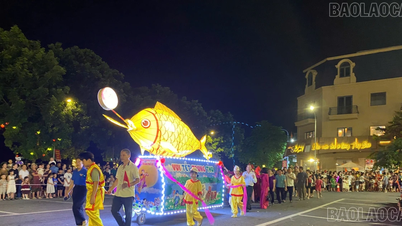















Comment (0)